Mario
Mario, quit cold turkey, been 24 hours, no smoke shops in sight for another week. We keep him busy.
Sailing, Mountains, Music, and Technology
Mario, quit cold turkey, been 24 hours, no smoke shops in sight for another week. We keep him busy.
Erik did this short interview during last night’s ride away from the California Bligh.
We passed Catalina and just changed from the #1 jib to the #3. Doing 10 knots at 225 true. The course to Honolulu is 255 true. We are to the right of the fleet. We expect a right shift. Life is good.
Sailing Team:
Philippe Kahn
Mark “Crusty” Christensen
Bruce Mahoney
Curtis Florence
Darren Jones
David Giles
Hayden Goodrick
Jeff Madrigali
Mark Golsh
Seth Larkin
Zan Drejes
Boat Project Management:
Zan Drejes, Bruce Mahoney, David Giles
Onshore Pegasus Racing team:
Zan Drejes, David Gilles, Bruce Mahoney, Mark Golsh, Jana Madrigali, Seth Larkin, Cameron MacDonald, Rich McCarthy, Jade Allen, Tyler Greedy, Kathye Cattera
Online Presence:
Caleb Dolister, Peter Spaulding, Arthur Kinsolving, Joe Dolister
Sailor’s Food:
Bonnie Willis
HONOLULU, HI–(Marketwire – July 13, 2009) – The record for double-handing the Transpac yacht race from Los Angeles to Honolulu has been broken. At 4:38:35 a.m. Hawaiian Time today, Philippe Kahn and Mark “Crusty” Christensen, crossed the Diamond Head finish line in the Open 50 Pegasus, completing a record time of 7 days, 19 hours, 38 minutes, and 35 seconds, shaving two and a half days off the previous record of 10 days 4 hours, 4 minutes and 49 seconds was set in 2001 by Howard Gordon and Jay Crum also with an Open 50, the Etranger.
The Transpacific Yacht Race is one of the longest-standing and most prestigious ocean races in the world covering 2,225 nautical miles from Los Angeles to Honolulu.
“Double-handing the Open 50 to Hawaii is one of the highlights of my year,” stated Kahn, a noted technologist and the creator of the camera phone. “I love being out in the open Ocean. Once we’re out there, that’s all that matters — we had our sites on the record and we beat it. Mark and I are a perfect team. We work together at MotionX and we race together as partners on Pegasus across the Pacific. Mark’s experience as one of the world’s greatest offshore sailors is invaluable. Transpac is a navigator’s race and that plays into our strength.”
The Race Boat and the Team
The Pegasus 50 is an Owen Clarke-designed Open 50 acquired by Pegasus Racing in 2007. After an extensive refit, it launched in San Francisco. The Pegasus Racing Team has spent countless hours training, racing, and preparing the boat for this most difficult challenge from its base in Santa Cruz, Calif.
Kahn and Christensen, a formidable team both on and off the water, are colleagues at Fullpower, the maker of MotionX. When not at sea, Christensen is the vice president of engineering at Fullpower. While Philippe has raced the Trans-Pacific course 11 times with six wins, he first attempted a double-handed Transpac record in 2007. This is Philippe’s eleventh Trans-Pacific race and his sixth win. Mark has raced around the world four times and won twice.
“Congratulations to Philippe and Crusty for sailing hard, smashing a record, and doing a great job sharing the experience with the race organizers and the rest of the world,” said Lynn Fitzpatrick of Transpac 09. “The Pegasus team and their story added tremendously to the regatta and everyone’s experience. MotionX proved itself in so many ways.”
Race Chronicle: Fast, Wet, and Wild
As race day approached the skippers scour the weather information, and see that the weather is shaping up nicely. The team would get a fast and windy race, just what they needed for a shot at the double-handed record. They set sail with equipment that includes two iPhone 3GSs loaded with MotionX-GPS to navigate from start to finish and to allow them to instantly document their journey via text and video posts to Philippe’s blog on pegasusracing.com, Facebook, and YouTube.
Before the Transpac started, the sailing team met its first test when their hydraulics to cant the keel failed on the way to the starting line. The well-prepared Pegasus team managed to partially fix the hydraulics in the 50 minutes remaining prior to the start, which enabled the use of one of the two hydraulic rams for the keel. Though not ideal, it was enough to start the race on time.
Clouds covered the sky for the first days at sea with winds steadily building to 22-24 knots. The Pegasus accelerated to 17-20 knots of boat speed and headed west into the deep black of night. At about 1:00 a.m. Pacific Time as he was on the helm, Philippe was suddenly hit directly in the chest by a flying fish. Philippe made a leap to save the fish, just as the sea jerked the boat violently to the right. The fish was successfully rescued, though the sailor was a bit battered and a little bloody. Philippe learned to avoid going to the rescue of strange large flying fish.
The next few days brought on a few sail changes to take advantage of the wind velocity and direction. With MotionX-GPS running on their iPhone 3GS they could instantly know their VMG (Velocity Made Good) or the rate at which they were moving towards the Hawaiian finish line. Excitement grew as they realized that if they could keep up their current VMG of 12.6 knots over the next seven days, they would smash the double-handed record and meet their goal.
Mid-race days and nights were filled with periodic heavy squalls bringing a mixture of strong winds and rain. Riding the puffs from these squalls was extremely important to team Pegasus in order to keep their boat speed high and push for the double-handed record.
As the sun set on the sixth day the team knew it was decision time. Philippe looked at MotionX-GPS in combination with other instruments and weather patterns to determine when to jibe onto port to take advantage of the veering trade winds on their approach to Honolulu.
With Diamond Head in their sights, day seven welcomed the duo with a series of 30-knot squalls and lots of fast and wet sailing. The team was really making great progress, but at around 8 p.m. the mighty Pegasus lost all electrical power and communications. “There was a smell of an electrical fire, so we got out the extinguishers,” said Philippe. “There is nothing worse than a fire on a boat.”
The pair began troubleshooting to find the source of the electrical issue as they continued to sail full steam to Honolulu. While electrical problems are bad, the situation provided a platform for MotionX-GPS to shine. With nothing more than enough juice to send messages via e-mail, the two-man boat navigated through the darkness with flashlights, a mechanical compass, and handheld iridium and iPhones running MotionX-GPS. Co-skipper Kahn posted on the experience in his blog, “Sailing fast. Using the brail method.”
Finally, just after 5 a.m., the sailors were able to partially charge the batteries with a temporary fix. They continued to hand steer and gained just enough power throughout the final day to jibe the keel three more times. Kahn and Christensen carried their speed right down Molokai Channel in high winds to finish just before dawn on Monday in record double-handed time.
About the Transpac
With 44 races starting in 1906, the Transpacific Yacht Race to Hawaii is one of the longest and oldest ocean races in the world from Point Fermin near Los Angeles to Diamond Head in Honolulu. The race was inspired by King Kalakaua, the revered Hawaiian leader of the late nineteenth century who believed that such an event would strengthen the islands’ economic and cultural ties to the mainland. For more information, including results and position reports, visit www.transpacrace.com.
About Pegasus Racing
Pegasus Racing is a world-class one-design sailboat racing team made up of some of the finest sailors in the sport. Led by Philippe Kahn, successes range from winning the Melges 24 Worlds twice (2003 and 2007) to winning the Transpac (2001 and 2003) and setting both the Pacific Cup double-handed (2008) and the Transpac double-handed (2009) records. For more information on Pegasus Racing visit pegasusracing.com.
About Fullpower/MotionX
Founded in 2003 by Sonia Lee and Philippe Kahn, Fullpower’s mission is to put motion-sensing in every mobile device. As the leader in mobile sensing solutions, Fullpower is building on its expertise in wireless sensor technology to deliver unique, interactive motion-sensing applications. MotionX solutions are designed and developed in Santa Cruz, Calif.
Important Links:
Pegasus Racing: pegasusracing.com
“Your uncle Invented the Camera Phone!?” is what I said before a friend introduced me to Philippe Kahn. Back in 1997, Kahn hacked together a camera phone to easily send photos of his newborn daughter to family and friends. That piece of lore is gadget history 101. What many people don’t realize is that Philippe is also a fanatic sailor. We’re not talking cushy megayachts: Kahn engages in top level competitive racing, in 2003 beating Roy Disney to win the Transpac race from Long Beach to Hawaii. As we speak, he’s on the same journey in a smaller, lithe, double-handed (two man) on the Team Pegasus Open 50, making a play for the speed record. We just emailed him…and mid race, he wrote back.
It’s his tenth crossing, but apparently, the weather is trickier than on his other trips, with two tropicals storms forming in the area. Despite all that, he answered our questions, from the middle of the great blue Pacific Ocean, about the boat, and how exactly you stay sane and connected in the open sea.
How do you stay connected out in the ocean?
It’s hard to type… Small boat, big motion, big fingers… So excuse the typos etc…There are several satellite communications systems; weight and power consumption matter a lot. The practical ones for a project like this are the Iridium network and the Inmarsat Fleet-33 system. The bandwidth is limited, to say the least: 2400 baud for Iridium, 9600 baud for F-33s, but Iridium is far more reliable and completely global. The challenge is also that these systems lose their connections. And of course, with that kind of latency, all standard email and download systems fail and get into endless loops. Latency just kills them as they try to eternally restart operations that never complete. We use systems that pick-up where they started after a connection is dropped to remedy those short comings. Yes, those systems are generally ‘line of sight ‘ and as long as there is not a massive storm it will work well, similar to Direct-TV. Iridium and Inmarsat are the main makers. They are not really water resistant, but pretty rugged. We protect it carefully. Everything is redundant on the boat except the F-33 that is a luxury that we enjoy once in a while when it works.
Tell me about the Boat.
The boat is all ultra light made out of the strongest and lightest pre-preg carbon fiber, the same methodologies of fabrication as the Boeing Dreamliner. The small cabin-pod that you can see on the drawing has a roof-top made out of kevlar so that it is not a Faraday cage. As the rest of the boat is made of carbon and there are many sensitive parts, like high precision stabilized compasses, running networks for sharing information between sensors and devices is tricky. We end-up using Cat 5 wiring, ethernet-style. And that is what connects the sat phones to the laptops and how I am sharing these emails with you. This is like a little spaceship. In fact, that is what people say when they see the boat. It’s made for two guys who want to work hard and take some risks to compete with fully crewed yachts with tens of professionals sailing. So it is light and designed to make everything doable by two.
How are you charging you gear? What kind of electrics are on the boat? Does the weight hurt your performance?
The boat has high performance batteries that get recharged by running the main engine as a generator. We run the engine a couple of hours a day to get enough charge. Weight is the enemy in these kind of boats. So we keep everything to the bare minimum.
What would the difference be without all the electrics?
The Sextant is a super handy Gizmo. Yes, you can get a $99.95 GPS and think that you know where you are, but you wouldn’t know about the stars, the planets, the moon and the sun as you do if you are proficient at finding your position anywhere in the world with a sextant. And that is really where we are, in the midst of the stars and the planets. That’s where we live…
I combine my Tamaya sextant with their celestial calculator so that I don’t need to carry all the site reduction tables. I tell you, at a party with smart hip people, you get more attention with a sextant than you got attention with an iPhone a month ago. Kids love it. Sophie, our 10 year old, is always eager to go and take a planet or a star site. It’s really fascinating to her.
I have a Suunto watch with a barometer, my sextant and always with us a hand bearing compass. If all fails, that will work. It’s important to know how to use those tools and like them.
How are you and co-sailor Richard Clarke taking shifts?
We really are flexible. Right now, I’m on watch, trimming, checking, navigating, taking care of things, writing email… I’m letting Richard sleep as long as he needs to because conditions are fairly stable. When things get hairy, none of us gets any sleep. It’s an exercise in sleep deprivation.
[From the blog: “by the way, we get both less than 4 hours of sleep every 24 hours”]
The blog is interesting to read, coming from someone interested in gear (and sailing), but more than that, for geeks who want to get away from their desks without getting away from their toys. (Gadgets & Ocean = A nice life.) At some point during the race, Kahn went further South than anyone else in the race to see if he could take advantage of the winds from some a pair of tropical storms. (I think.) Overnight, the wind died completely, becalming the boat, while other times, there was so much turbulence that lots of water was washing washing up on deck. And a day ago, all the electronics on the boat went haywire and they had to replace them all with a pair of laptops. The blog talks a lot about the gear Richard and Philippe are using, switch up their playlists on their iPods and iPhones. (I think that’s an iPhone first, being in a race.)
When Philippe gets back, I’m going to have to drill him about his current project, in stealth right now, over at Fullpower. No one knows what it is, yet, but I’ll let you know as soon as I find out. [Transpac 2007 Open 50 Double Handed Record Attempt]
Disclaimer: Philippe is the uncle of a friend of mine, and I’ve crashed on the family couch a few times in Tahoe.
Philippe Kahn founded Borland, invented the Camphone, and decodes human motion. He’s also a fellow outdoorsman, splitting time skiing Tahoe and sailing in Santa Cruz. He’ll share his Transpac 2009 sailing race with us live from the Pegasus Open 50. He and Richard Clarke set the race record for a double handed team in 2008 with a time of 7 days, 15 hours, 17 minutes and 50 seconds, besting all boats in overall time for that year.
[Previous Pegasus Sailing posts on Gizmodo, Pegasus]
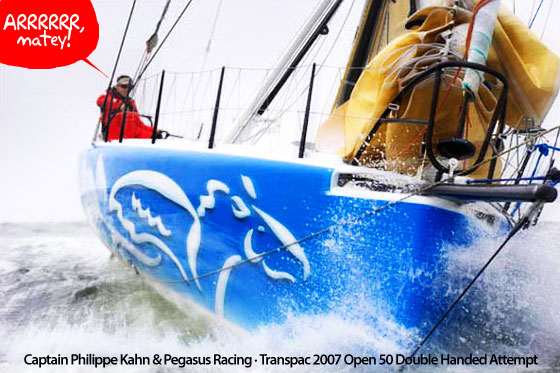
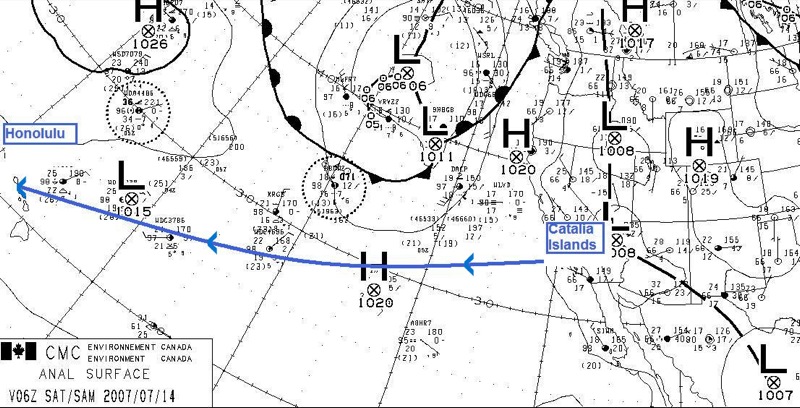
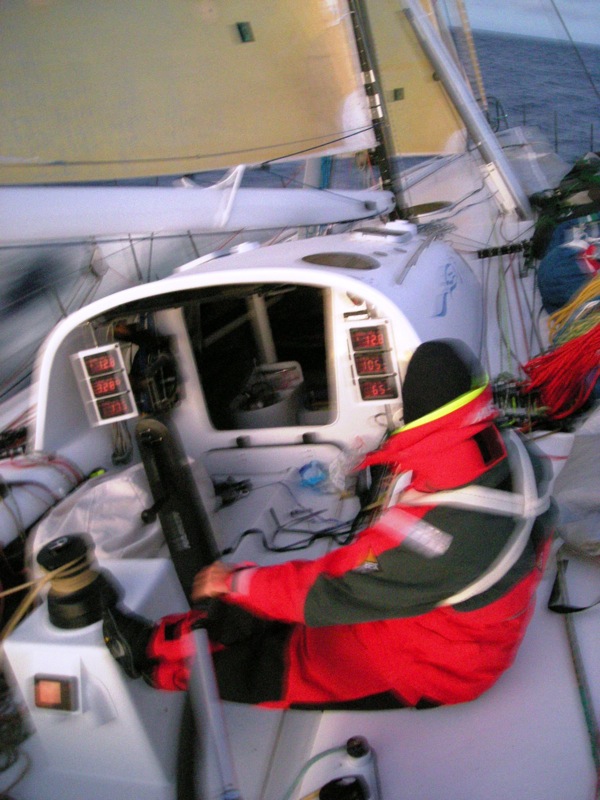
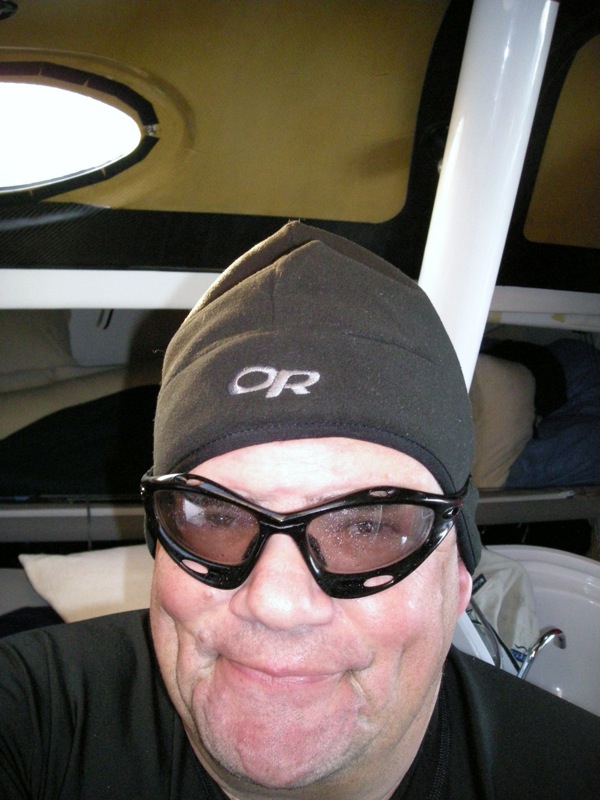

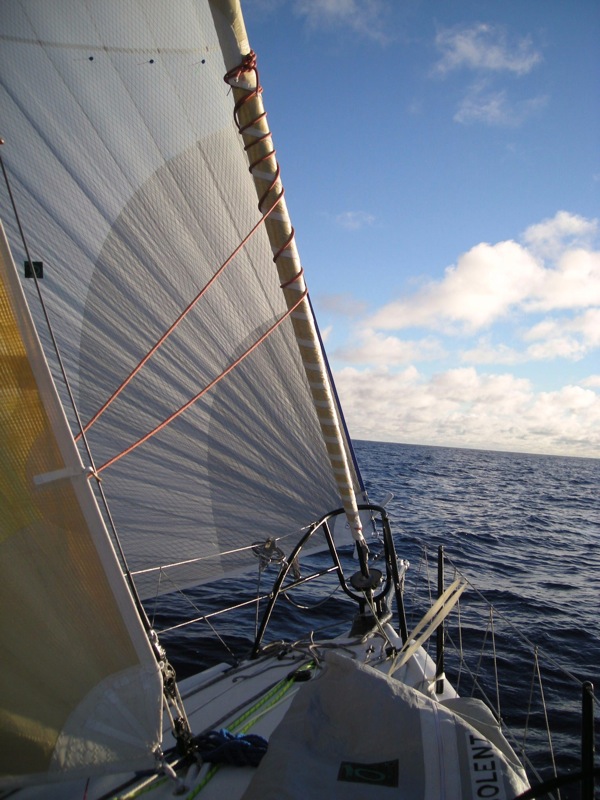
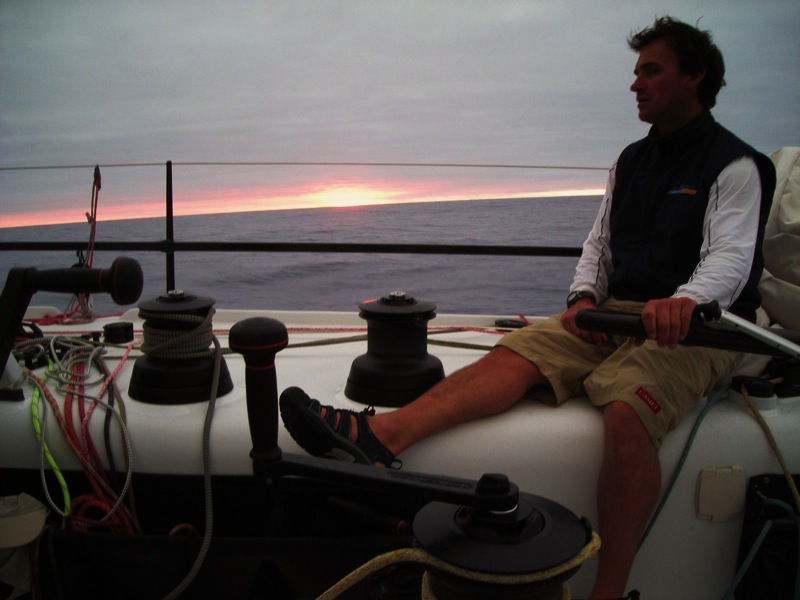
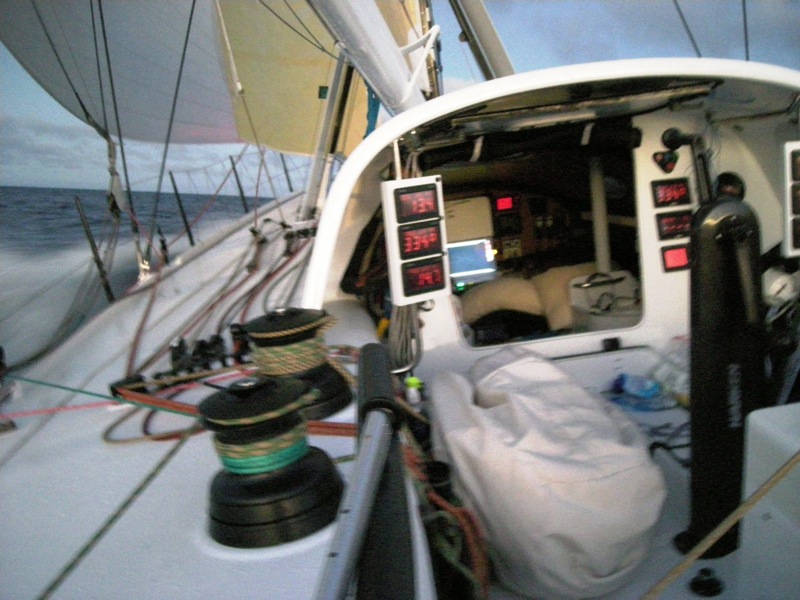
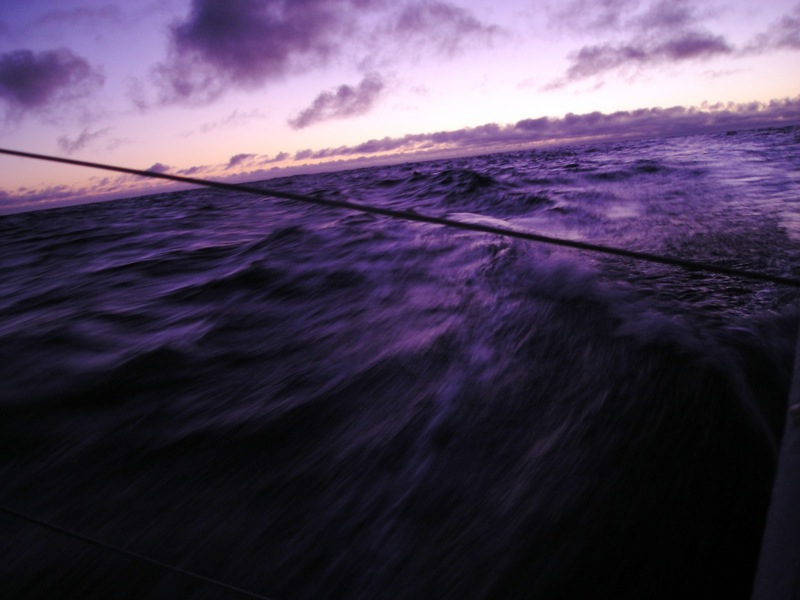

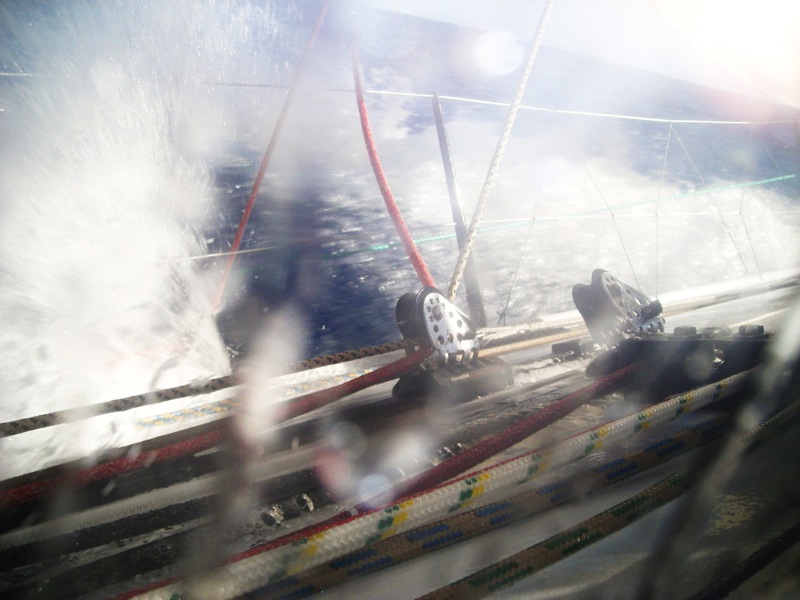

© 2001-2026 Musings from Philippe